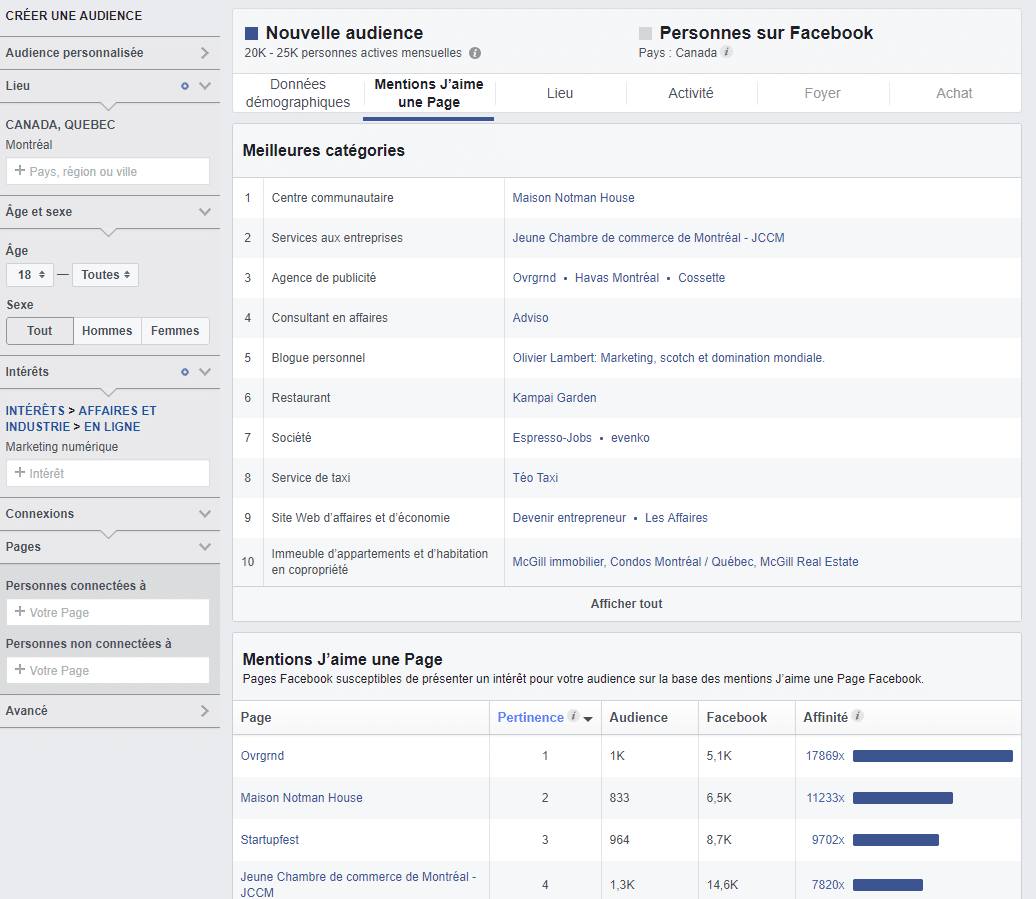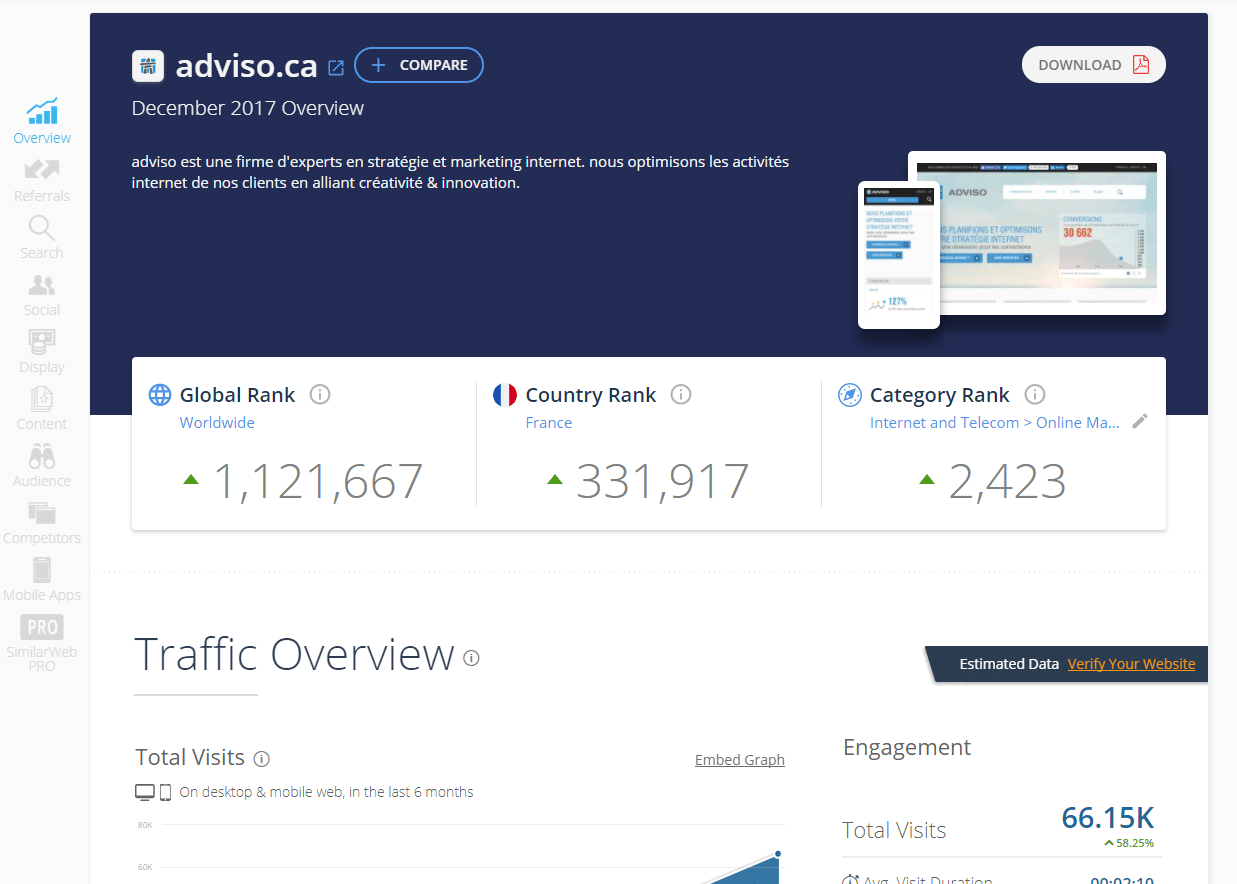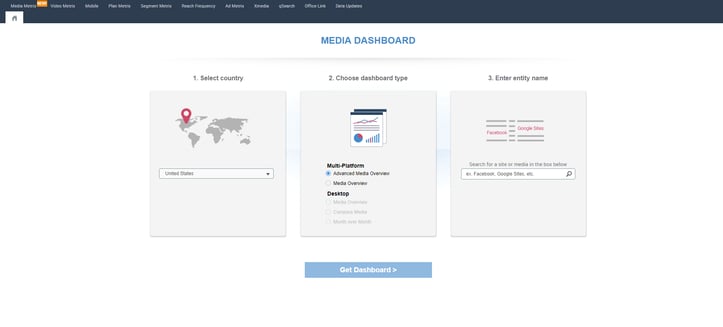Content Marketing Strategist
3 free tools to build your brand’s content strategy using consumer data
Content Marketing Strategist
You’ve just been tasked with developing a content strategy for your organization’s brand. You’ve got a lot of questions… And that’s normal! The goal of this article is to help you structure your approach in order to better understand your audience and define your content mission, two important steps in the development of a content strategy.
You’ll find the basics of your brand’s content strategy by looking at the behaviour of the consumers who gravitate to your business, and that of your competition. And because these days data is power, seize the opportunity to make use of the mountains of information that exists on your current and prospective customers.
Below, I’ll share three free and powerful tools you can use to carry out your own tests. Google Analytics and Search Console are two other great additions to this list of decision-support tools, as explained in this blog post on the value of investing in analytics.
What’s true? The importance of primary data
Data doesn’t lie; it reveals people’s interests, concerns and habits without bias or distance. I always get a little chill when I see a creative idea presented (that’s also original and attractive) that’s supported by a Canadian Industry Statistics analysis.
Ultimately, the consumer is the one who will buy your product or require your services.
In defining your audiences based on primary data on your audience and your direct competitors, you can identify the gap between your desired brand position (the one you’ve been working on for weeks) and your actual position (the way your customers truly see you). This will inform your list of things to accomplish in terms of creating content that’s better adapted to your target audience, and closing that gap.
A few essential questions to get to know your consumers
Before covering each of the tools, here’s a list of pertinent questions to ask yourself when you’re interpreting the data that comes up.
Consumer interest
- What are their interests?
- What are their trusted content sources?
- When and on what device(s) do they consume their preferred content?
- Which bloggers and influencers could we collaborate with?
- What websites do your prospects visit?
Brand positioning
- How is your brand positioned with your target market?
- Do your digital efforts correspond with your sales channels?
- Are you exploiting the same segments as your competitors?
- Are you maximizing all your digital channels?
Tool 1: Facebook Audience Insights
This tool is associated with your Facebook advertising account, and is 100% free. Audience Insights allows you to create an informed picture of the social content the social platform’s users are most interested in.
By targeting certain interest groups, you can learn more not only about the tastes of your own followers, but about your competitors’ followers, too. In this way, you can discover new fields of interest to exploit that you may never have thought about before.
I’d like to draw your attention to the tabs that tend to be the most revealing: demographic data, monthly active users, page likes, top cities, and devices.
Best pages for users with an interest in digital marketing in Montreal (Yay! Adviso made the list!).

The main downside of Audience Insights is its limitation in terms of exporting search results. Once you’ve come up with a satisfactory result, the tool only allows you to save it in the form of a custom audience; a merciless reminder that Facebook would rather you invest your ad dollars with them. Don’t hesitate to transcribe your results manually or take screen shots.
Tool 2: SimilarWeb and Comscore
Are you familiar with SimilarWeb, which allows you to obtain basic analytics data on any website, include your competitors? The free version allows you to see monthly traffic, distribution by country and the sources driving traffic to your site. To understand how effective it is, compare the results for your own site with your Google Analytics data. The team at Screaming Frog conducted a similar test on the accuracy of website traffic estimators across a range of sites, and came up with a margin of error of 1% on average, which is excellent.
You might be interested in knowing what your competition is up to. What if you discovered that a third of their visits came from their newsletter, while you were not fully exploiting your email database?
Several strategic directions might emerge from this competitive analysis.

You, of course, have access to your own data through your Google Analytics account.
If you like that tool, check out its little brother Comscore… though in this case it’s not free. Want to know the consumer habits of Ontarians aged 55 and over who are looking for health information? Comscore will tell you. Want to know the make-up of the audience of a blog you’re evaluating for a partnership? You’ll find that information, too.
The granularity of the searches you can conduct allows you to get very specific results, allowing you to invest your ad dollars in the right place when you’re launching a digital campaign, and choose the right partners for co-branded content. On the flip side, the investment required and the complexity of navigating the tool might discourage you from moving forward with it. You might prefer to delegate this part of the work to your agency, to save time and money, as well as ensuring a complete analysis of the data.

Visual of the Comscore homepage
Tool 3: IBM Watson Analytics
IBM makes part of Watson, it’s artificial intelligence software, free to the public. Why include an AI tool in this list? Your company is sitting on a mountain of customer data that can inform your content strategy, possibly even the entirety of your business practices. In that context, Watson is excellent for quickly finding causality links between variables and creating graphics and visualizations of data in less time than it takes to say Ex Machina. For example, using Watson, you might conclude that your average e-commerce shopping cart or customer satisfaction tends to fluctuate depending on the content you’re putting out. In addition, it can help you present what you’re discovered clearly and visually.
Customer database, campaign results, frequently asked questions, sales report, your site’s content map; think about all the information you have access to. Your main challenge is in ensuring the quality of the files you submit to Watson. Watson’s help centre lists all the data sources that can be used, from a simple Excel spreadsheet to a Shopify sales report. A quality rating is attributed to every import, indicating the likelihood of the tool being useful.
You can ask Watson questions directly, or choose to combine variables from this selection of available visualizations:

Don’t be scared to try a few times… or to make mistakes. It’s normal not to get usable results every time.
Give life to your brand’s content strategy
You should now have a significant quantity of primary data on your customers, your market and your competitors’ practices. All that’s left is to put what you’ve learned together, and bring it to life in your strategy, or by creating a solid brief for your agency.
As time passes, keep in mind that your customers are constantly evolving, and it’s a good idea to keep an active eye on their behaviour.
Now it’s up to you to start testing these tools!









